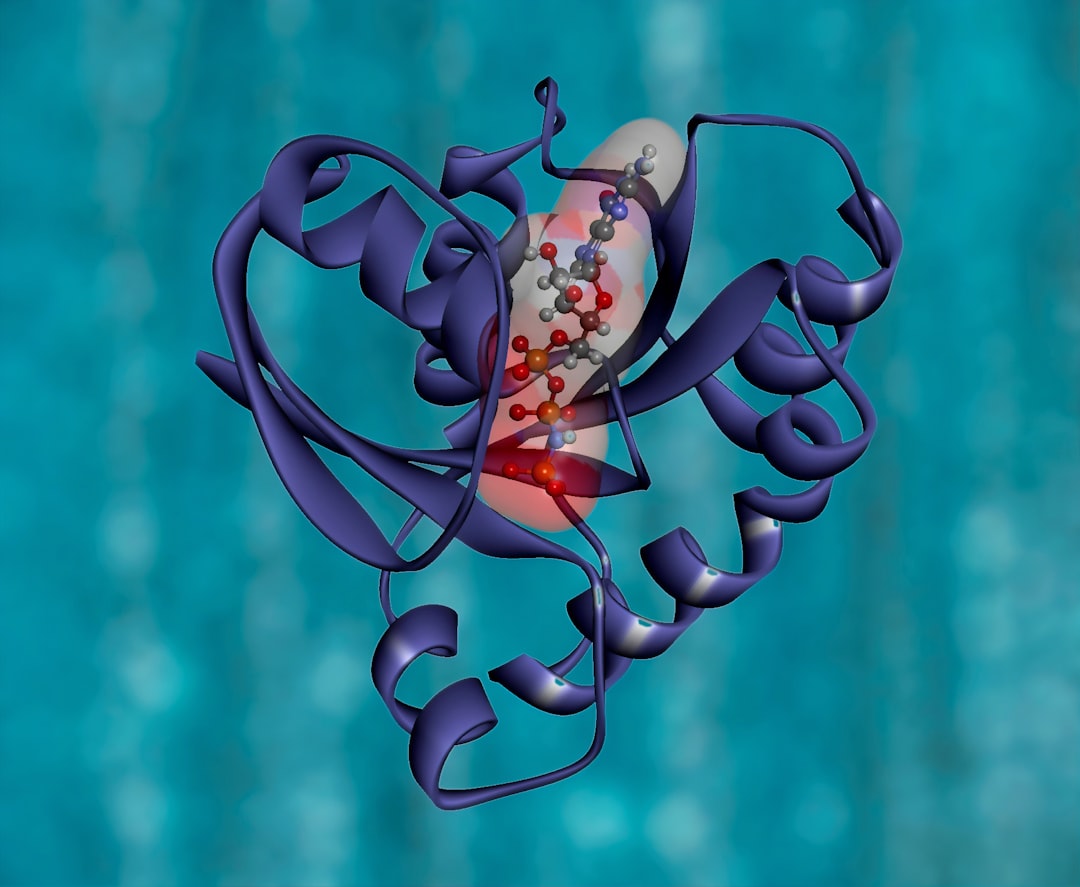What is it about?
Many animal and plant species synthesize toxic compounds as deterrent, often recognized by bitter taste receptors (T2Rs). Here, we have identified a singular T2R in cartilaginous fishes and determined the molecules it recognizes in two shark species. Some of these molecules are also recognized by T2Rs from zebrafish and from the 'living fossil' coelacanth, a basal bony fish, indicating functional conservation over nearly 500 million years of separate evolution. The shark bitter taste receptor has not expanded into a family, is activated by very similar molecules in the two shark species (separated by 200 million years), and reacts to both endogenous steroids and xenobiotic compounds, whereas coelacanth already have separate receptors for each. This suggests that the shark T2R reflects the ancestral ligand repertoire at the evolutionary origin of T2Rs. In mammals bitter taste receptors are expressed in many tissues other than the canonical taste organs. This dual role of T2Rs as gustatory and nongustatory receptors may be as ancient as T2Rs themselves.
Featured Image

Photo by David Clode on Unsplash
Why is it important?
Recent advances in whole genome sequencing have allowed to search for novel genes in the often large genomes of cartilaginous fish (sharks, rays, chimaeras). The singular bitter taste receptor found in our study allows the closest look into the function of the ancestral bitter taste receptor at the evolutionary origin of this family about 500 million years ago.
Perspectives
These results allow us to look back nearly 500 million years - and get a glimpse at the origin of an entire chemosensory receptor family.
Dr. Sigrun I. Korsching
University of Cologne
Read the Original
This page is a summary of: A singular shark bitter taste receptor provides insights into the evolution of bitter taste perception, Proceedings of the National Academy of Sciences, November 2023, Proceedings of the National Academy of Sciences,
DOI: 10.1073/pnas.2310347120.
You can read the full text:
Resources
Contributors
The following have contributed to this page










